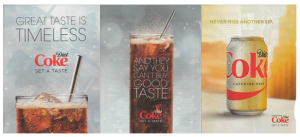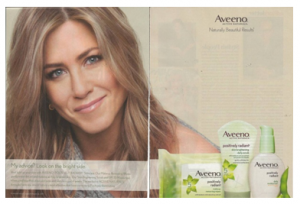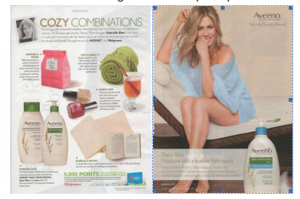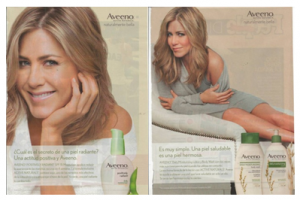We have seen plenty of polls. Some commercials are rated by likeability, some by the number of YouTube views, some by tweet mentions and some by the water cooler. But who’s got what it takes to make a “winning” SuperBowl commercial?
After years of testing and tracking Super Bowl ad impact on sales, here’s what we know.
1. Invest in long-term benefits.
You had better have left over media funding for week 6 and thereafter. With rare exceptions, if you spent most of your annual budget the two weeks before and after the game, don’t expect to see any long-term sales benefits. Especially this year, where more people were talking about the game itself and the Patriots comeback, than the commercials.
2. To “win”, bring in the energy and engage.
This could be humor, emotional heart tugs or the surprise factor. Without the energy, the message gets lost in the field of other ads. Bai and Snickers could use an energy kick, not to mention Mercedes and Go Daddy.
3. To “win”, you need strong branding.
When it comes to branding, Humpty Dumpty had a great fall and YellowTail needs to take a drink of its own.
4. Make it personal and avoid visual vampires.
To really “win”, combine the above two with a clear understanding of the personal customer benefit. While, as a dad of a new little princess, I personally loved the Audi ad, how are they going to solve gender inequality? Michelob and Sprint didn’t give a clear understanding of their unique benefits — that weren’t overshadowed by exaggerated “visual vampires” in their ads.
So, which ads really “won”? Air it out with Febreeze, eat your Skittles, and import your Avocados while driving a Hyundai to support our troops!
Disagree? Let’s discuss which Super Bowl ads you feel really “won”… I can be reached at 201.569.4800 or dan.morris@pretesting.com.
For years, advertisers have been lamenting the slow demise of print as a viable way to reach a target audience, but a deeper look into the media channel reveals that magazines still offer some excellent advertising opportunities. Why am I so bullish on print? Primarily because although today’s publications may be thinner, this new size gives your ad a bigger and brighter opportunity to shine among readers – and not just any reader – today’s magazine buyers and subscribers are true loyalists.
Think of print advertising as a beautiful, small pond chock-full of juicy fish and you are one of a handful of fishermen permitted to use the pond. However, to make good use of this unique opportunity, ensuring high copy readership and overall engagement is critical. It’s important to note that not all print copy testing methods use the same success criteria. Here are a few cautionary tales.
Watch Out #1: Relying on noting heat maps to make your decisions could get you in hot water.
In the ads below all three performed well on being noted; however, only one of the three scored above average engagement, key copy readership and real-world gain in competitive persuasion. Which one would you want to green light? PTG could tell you.

Similarly, in the ads below, while both scored above average on noting, one execution contains a Visual Vampire and takes away attention from the product and message. Do you know which one?
In the three pharmaceutical ads below, the ad that tested strongest using PTG’s truReader real world copy testing methodology is not the ad overwhelmingly selected in forced exposure. How comfortable would you be in choosing the right ad?

Watch Out #2: How well do you understand the impact of size, environment and frequency on your print ad placement?
Is this double page ad on the left more effective in the real world as compared to the product placement and single page ad combination on right?


Or are these two single ads in a Hispanic publication the better bet?
In order to comfortably answer these questions, you need to rely upon a robust research solution that captures the critical context needed to accurately assess the advertising by capturing involvement, engagement and persuasion in a natural environment. To learn more about PTG’s truReader technology, feel free to reach me at lee.weinblatt@pretesting.com.





